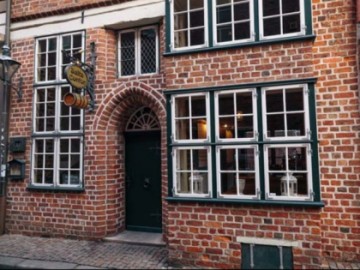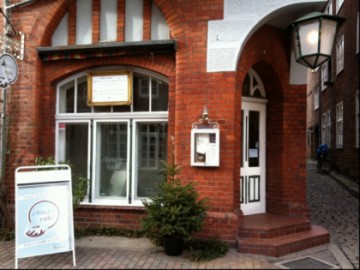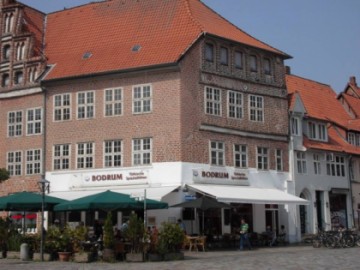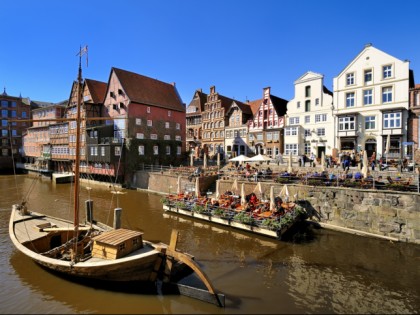Lüneburg, the town of “white gold” and buckwheat cake
Due to the perfectly preserved historical center, Lüneburg is considered to be one of the most beautiful towns in the north of Germany. Slightly sunk houses and their lopsided façades still remind about the source of the town’s prosperity – salt, which the townsfolk call “white gold”. In the medieval ages salt was unbelievably valued, as before the invention of fridge it was the main means to keep foodstuff fresh. When the price for salt decreased because of the beginning of its mass production, people of Lüneburg found another source of income – thirst. Today the town holds the second place in the number of bars per capita, losing only to Madrid.
Cafes, bars and restaurants in Lüneburg
See all
Restaurants

Geschmackswerkstadt
Restaurant
+49 4131 7774514
Payment methods:

Nolte
Restaurant • Brewery • Inn
+49 4131 52232
Payment methods:

Anna´s Cafe
Vegetarian restaurant • Café • Catering
+49 4131 8843181
Payment methods:

Bodrum
Restaurant
+49 4131 735839
Payment methods:
All sights in LüneburgSee all
Landmarks in the city Lüneburg

Nunnery museum
Architectural Monuments • Museums and Exhibitions

Town Hall
Architectural Monuments

Tank Tower
Architectural Monuments

German Museum of Salt
Museums and Exhibitions

Lüneburg Museum
Museums and Exhibitions

“Pregnant House”
Other places

Brewery museum
Museums and Exhibitions

Heine’s House
Architectural Monuments






 Museums and Exhibitions
Museums and Exhibitions
 Architectural Monuments
Architectural Monuments
 Other places
Other places